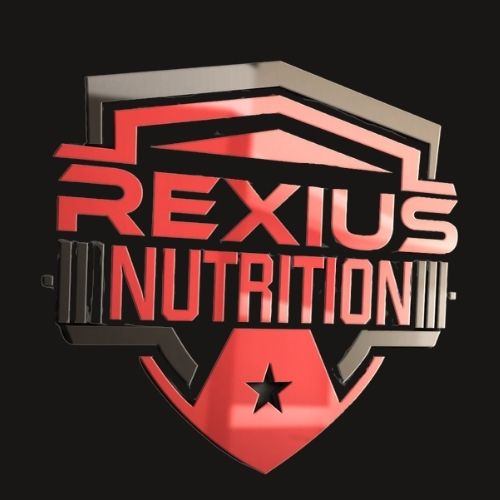Macros 101: Part two – what goes into designing a plan
Last week we discussed the basic definitions of calories, macronutrients, carbohydrates, fats, and proteins. Now let’s put some of that into practice.
I have both been a coach and worked with coaches who advise and design nutrition programs for bodybuilders, physique athletes, and general fitness clients. When designing a meal plan for anyone, some initial assessment must take place in order to determine an appropriate starting point for the client. If you’re designing a program for yourself, I hope you’ll consider the following:
What is your current physical condition? This takes into account age, gender, height, weight, body fat percentage, level of physical activity (both inside and outside the gym), current nutritional habits, and other factors. From this information, some informed decisions can be made about caloric and macronutrient intake.
Further, what are your goals? As specific as some clients’ goals may be, I tend to boil them down for the purposes of designing the nutrition plan: gain/lose weight? gain/lose fat? gain/lose muscle? Granted, I’ve not yet come across a client whose goals include gaining fat and losing muscle, but it’s important to consider when both designing a plan and in making necessary adjustments.
I can’t emphasize enough how important it is to keep your goals in mind when designing and implementing a plan. As I mentioned last week, there is a lot of information out there on the internet. For example, the USDA, which purports to be an authority on nutrition, makes all kinds of recommendations, from caloric intake to specific macronutrients. However, what a lot of people don’t realize is that these recommendations are not meant for people seeking to gain muscle, or really for anyone with an athletic physique. Did you know that the USDA’s recommendations for an active 30-year-old male is 3000 calories, but only 6oz of meat, per day? What’s harder to find is that this recommendation is for a man who is 5’10” and 154lbs. That doesn’t sound like many people I know in the gym who are looking to improve their physique!
My point is that many of the USDA’s recommendations are just not applicable for everyone, especially if you’re looking to gain muscle and/or lose fat. Of course, there are all kinds of other sources of information for what caloric and macronutrient intake should be based on age, height, weight, activity level, etc. However, these are all guidelines that may or may not be accurate for your own needs.
This is all a long way of saying that determining what your needs are is not such a simple process, but a knowledgeable nutritionist or coach can be helpful. I have found that sometimes it takes a few weeks with a new client to accurately identify what the caloric and macronutrient intake should be.
Next week, I will discuss what to do with a structured meal plan, and how some knowledge about macronutrients can be helpful to stay on the plan (or at least not completely abandon the plan) in the context of busy schedules, holidays with friends/family, and unplanned events that will sometimes happen.
 Skip to content
Skip to content
